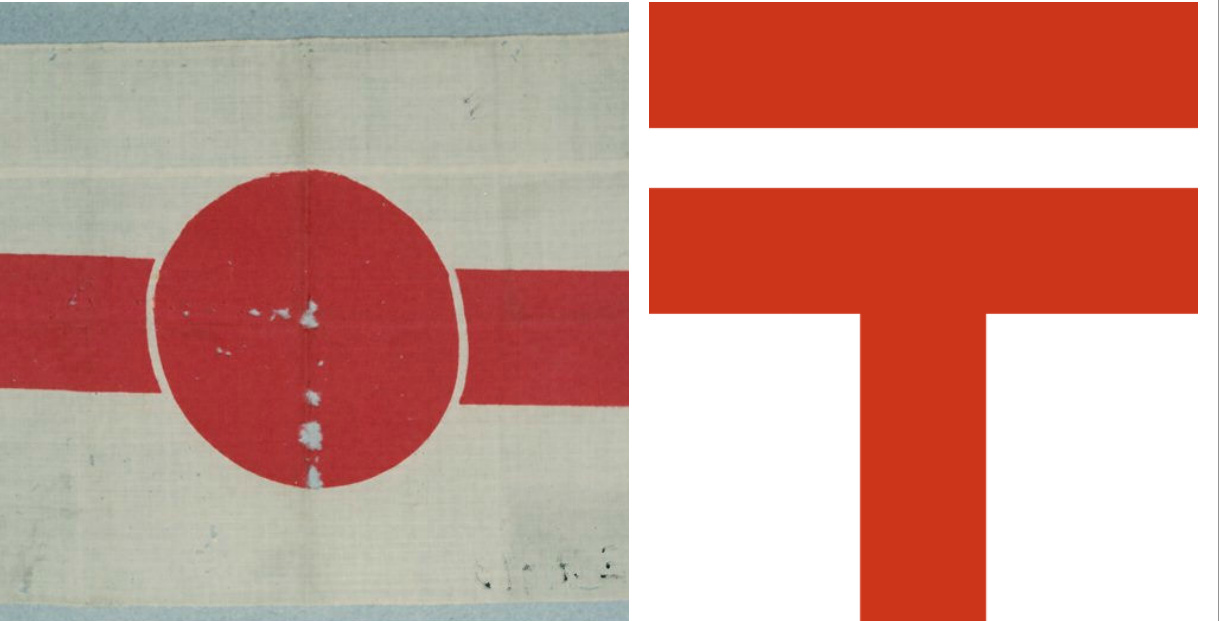
the history behinds Japan’s postal 〒 mark (all photos via wikimedia commons)
If you live in Japan, surely you’ve seen it before. It’s a symbol that looks like the capital letter T but with an additional horizontal line above it: 〒. Known as the postal mark (yubin kigo), it’s a symbol that represents the Japanese postal system. Despite a decline in physical letters sent, the postal system is still very much a part of life in Japan as it also offers banking and other financial services (an odd notion in itself as most Americans would never consider banking with USPS) and the 〒 appears on post boxes, delivery trucks and branch offices.

the 〒 mark on a postal delivery truck
The story of how the 〒 came to be dates back to 1871 when the Japan Post began operating as an organization. From the onset, a logo didn’t exist and, instead, they were simply represented by the characters 郵便 (yubin, or post). But around 1877, a red circle with a bold line though it began being used. It was adopted as the official postal mark in 1884 by administrative order from the Grand Council of state.
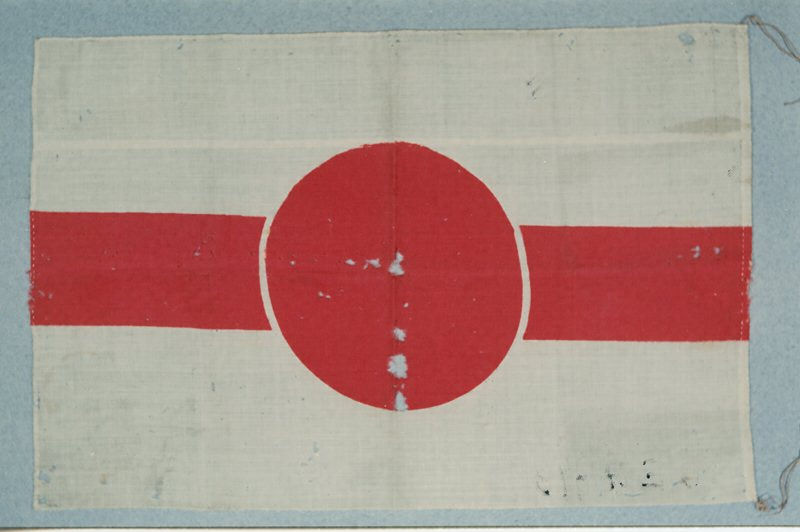
the original postal mark (1877 – 1887)
In 1885, the now-defunct Ministry of Communications and Transportation (teishinshou 逓信省) is formed, and they take over all postal matters. It’s first minister was Enomoto Takeaki, a samurai and admiral who had fought against the new Meiji government, lost and imprisoned, but later pardoned.
But just 3 years after the first mark was made official, a new symbol was announced. On February 8, 1887, it was announced that T would be the new logo. Then, days later on February 14th a new announcement was made that 〒 was the official symbol. Several days after that an explanation was given, citing that T was published by mistake and it should have been 〒.
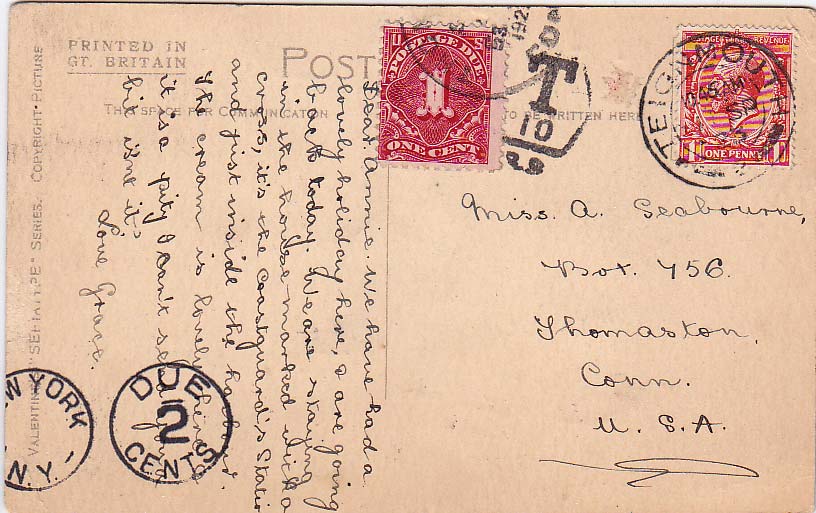
mail with insufficient postage was marked with a “T”
It’s unclear what led to this series of mishaps but to summarize the various theories, the original T was likely taken from the first letter of the ministry’s name: Teishinshou. However, this was problematic for several reasons. It was too simple and, more importantly, the letter T was already a universally accepted postal code for insufficient postage. So the T needed to be changed. One theory that explains how T became 〒 is that the logo for shipping company NYK (Nippon Yusen Kaisha), founded in 1885, was 2 bold red lines. According to researchers of this Japanese trivia show, the symbol was interpreted as a pun: ni-hon means 2 lines, but can also mean Nihon, as in the country (NYK claims that the lines represent ambitions to traverse the planet, rather than a pun). And so the concept was co-opted by the ministry to create 〒, which stuck and has now been used for over 130 years.
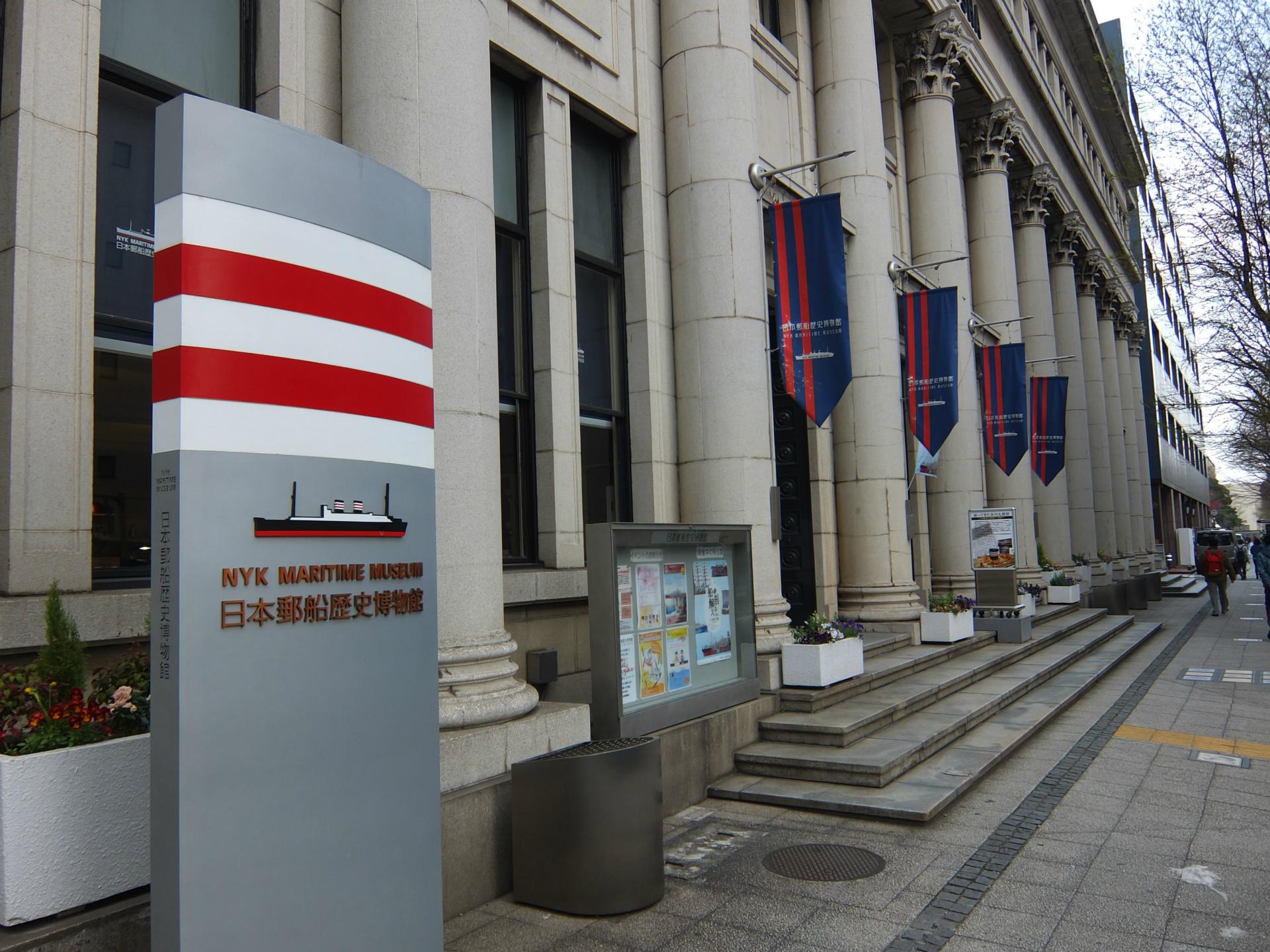
to this day NYK continues to use their two bold red lines as their logo (the company claims that the lines represent ambitions to traverse the planet, rather than a pun)

the 〒 mark for the Japanese postal system










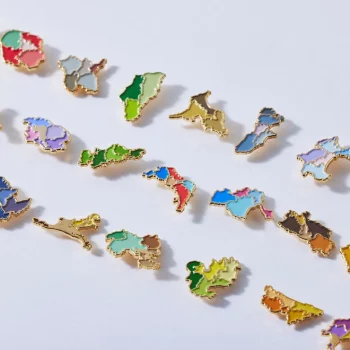













September 6, 2018 at 9:45 am
Ohhh, awesome! I’ve always wondered about the Japan post logo. That logo has been a lifesaver for me… after at least 10 ATM’s rejected my U.S. debit card 😛
September 9, 2018 at 3:58 pm
so disappointed: i always assumed the logo was the addition of “=” as “main road” with “T” as “anywhere besides”!
September 10, 2018 at 1:43 am
I thought it represented the slot where you put a letter.
September 10, 2018 at 2:26 pm
My silly assumption, or at least the way I remembered what it was is that it looks like a katakana TE, as in tegami (letter).
September 26, 2018 at 6:00 am
“(an odd notion in itself as most Americans would never consider banking with USPS)”
Many Americans would never consider trusting their mail to the USPS.
BTW, Americans never consider banking with the USPS because the USPS doesn’t offer banking services.